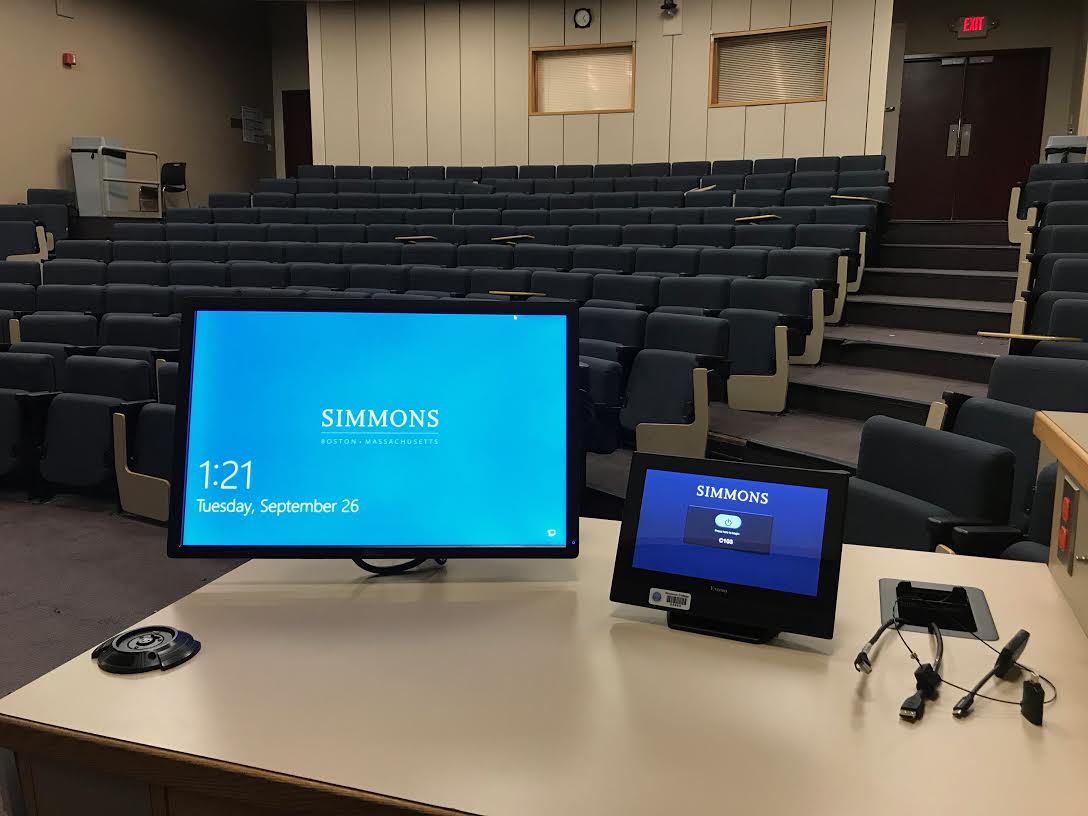![]()
In April, Duo Mobile—the platform we use for two-step verification when logging into Simmons systems—will discontinue support for their mobile application for anyone using the iOS 9 or Android 5 operating systems on their mobile devices. This change will not affect your use of the app if you’ve already installed it on your device, and you can continue using it to authenticate when logging into Simmons systems. However, you may no longer be able to download (or reinstall) the Duo Mobile app until you update your device’s operating system.
While these changes won’t affect anyone who has already installed the app, Simmons Technology strongly encourages you to update your mobile device’s operating system. Updating ensures that your device has the latest security enhancements and provides you with a better experience when using most apps. See the following links if you need help with updating your operating system:
If you have questions about updating your mobile operating system or about using the Duo Mobile app for two-step verification, please contact the Service Desk at 617-521-2222 or [email protected].
 In March 2018, Google will retire the desktop app that allows you to sync files from Drive to a folder on your computer. Between now and then, you might see a popup message in Google Drive stating that, “Google Drive for Mac/PC is going away soon. To continue syncing files on your desktop, install Drive File Stream.”
In March 2018, Google will retire the desktop app that allows you to sync files from Drive to a folder on your computer. Between now and then, you might see a popup message in Google Drive stating that, “Google Drive for Mac/PC is going away soon. To continue syncing files on your desktop, install Drive File Stream.”